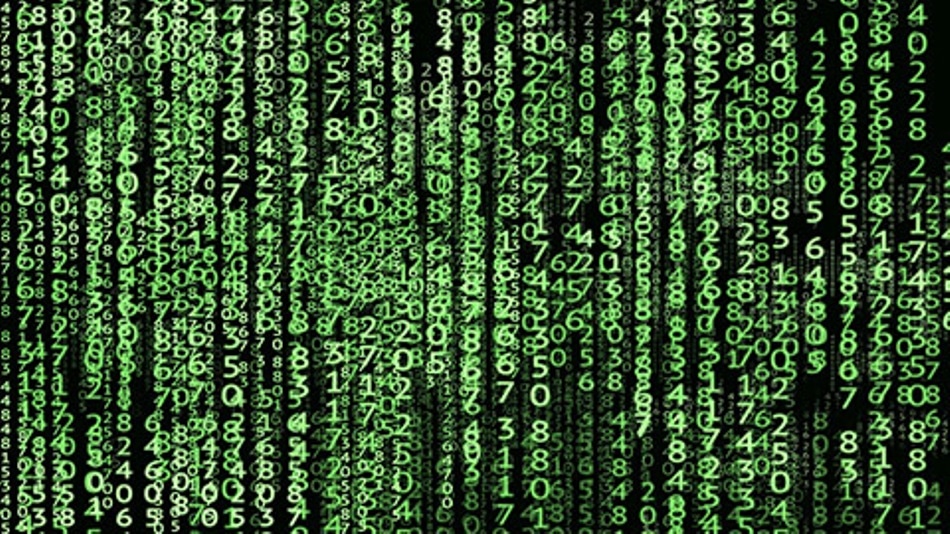Sep 14 2018
For the first time, a research team including Finnish and Chinese researchers have devised a technique to realize complete control of the information that escapes the qubit.
 (Image credit: University of Turku)
(Image credit: University of Turku)
The behavior of minute physical systems like photons is described by quantum mechanics. Photons are also used as the quantum-mechanical equivalents to qubits, or classic bits.
Quantum-mechanical characteristics like quantum entanglement and superpositions can be utilized for effective calculation, in technology, and for encrypting messages.
These properties are very fragile and usually disappear rapidly as a result of so-called decoherence and quantum noise. As a result, the information carried by the qubit leaks into the environment and disappears completely.
Both in terms of basic research and technological applications, it is vital to understand how quantum information disappears, and to find ways to control the behaviour of quantum systems and prevent the disappearing of information."
Jyrki Piilo, University of Turku
For the first time, the research teams of Turku Centre for Quantum Physics at the University of Turku and the University of Science and Technology of China have demonstrated both theoretically and experimentally the method for controlling information that flows from the qubit into the environment. It was also proved by them that the vanishing of quantum information can even be avoided in certain cases.
Our work is based on exploring the properties of photons and their careful control in the laboratory. In order to achieve the result, it was crucial to first theoretically understand how to create an adequate connection between the polarisation and frequency of the photon in the beginning, and then implement it in the laboratory using extremely refined and challenging experimental techniques.
When the photon serving as the qubit—and its environment—has first been initialised into the right state, it is then possible to arbitrarily control how the information carried by the qubit disappears or is retrieved, and it can even be trapped or protected from disturbances."
Professor Chuan-Feng Li
Li stated that the outcomes of the research are crucial for basic research and developing quantum technologies.
“Individual photons can now also be used for simulating the behaviour of several other quantum-mechanical systems, including magnetic spin systems. Also, the results provide fundamental information on the behaviour of open quantum systems in different environments. Moreover, the results enable the manufacturing of artificial environments for qubits. These environments are not found elsewhere naturally, but they can be produced in the laboratory,” stated Piilo.
The theoretical part of the research was carried out by the scientists from Turku Centre for Quantum Physics at the University of Turku, and Professor of Theoretical Physics Sabrina Maniscalco and Doctoral Candidate Henri Lyyra participated in the study together with Piilo.
The experimental implementation of the research was performed by professors Chuan-Feng Li and Guang-Can Guo from the University of Science and Technology of China in collaboration with their research teams, including co-first author Zhao-Di Liu.